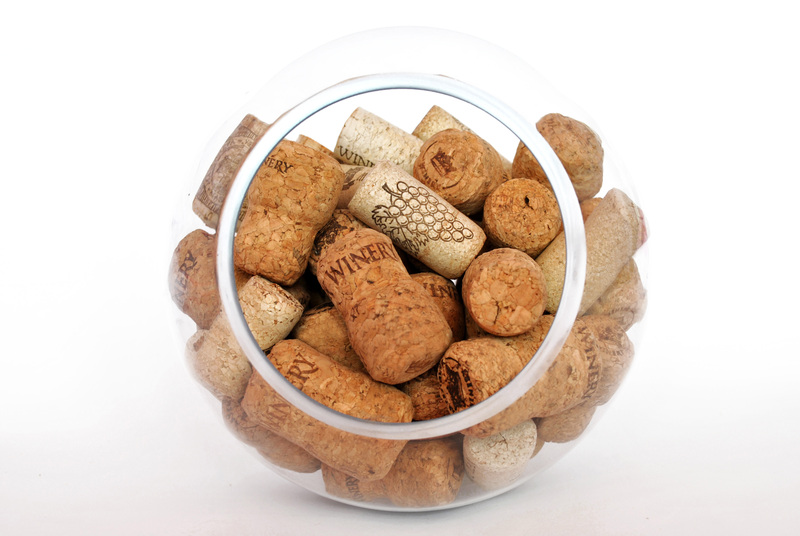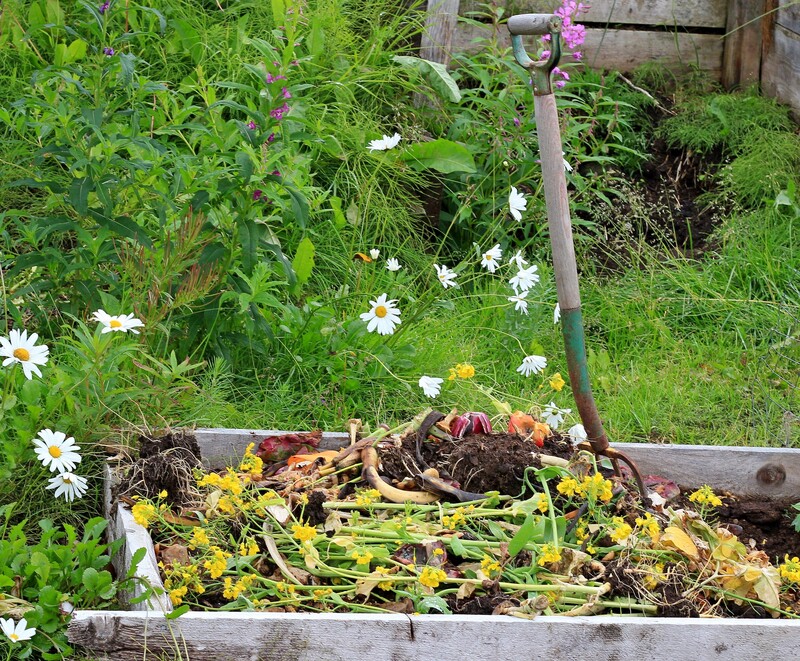Halt Harmful Habits: Avoid These Plastics
Plastics have become an inseparable part of our modern lives, providing convenience, durability, and affordability. But not all plastics are created equal--some pose serious threats to human health and the environment. If you're looking to make more informed and responsible choices, it's time to halt harmful habits and avoid these plastics that can jeopardize your wellbeing and our planet.
Understanding Plastics: The Basics
Plastics, depending on their chemical structure and additives, can be safe or dangerous. To help you navigate this complex world, learn to identify plastic types, decode recycling codes, and recognize the *most harmful plastics* to steer clear of.
Decoding Plastic Recycling Numbers
Most plastic products display a number inside the recycling triangle symbol, ranging from 1 to 7. These numbers are essential to understanding the chemical makeup and potential risks of the plastic:
- 1 - PET or PETE (Polyethylene Terephthalate): Common in water bottles and food packaging.
- 2 - HDPE (High-Density Polyethylene): Used in milk jugs, detergent bottles.
- 3 - PVC (Polyvinyl Chloride): Found in pipes, cling wrap.
- 4 - LDPE (Low-Density Polyethylene): Grocery bags, bread bags, and some food wraps.
- 5 - PP (Polypropylene): Yogurt containers, bottle caps.
- 6 - PS (Polystyrene): Foam cups, food containers, packing peanuts.
- 7 - Other: Mixed plastics including polycarbonate, BPA, and others.
*Not all plastics are dangerous,* but some are particularly problematic due to their chemical leaching, environmental persistence, and risks during manufacturing and disposal.

The Most Harmful Plastics You Must Avoid
If you wish to protect your health and promote a sustainable planet, focus on avoiding the plastics listed below. Learn about the reasons these plastics are risky and discover safer, greener alternatives.
Polyvinyl Chloride (PVC) - Recycling Code #3
PVC, also known as vinyl, is regarded as one of the most toxic and environmentally damaging plastics. Here's what you need to know:
- Chemical Leaching: PVC contains dangerous additives like phthalates (used as plasticizers) and heavy metals. These substances can leach into food and beverages, or your home's air and dust.
- Health Risks: Studies link PVC exposure to hormonal disruptions, carcinogenic effects, reproductive issues, and asthma.
- Environmental Impact: PVC's production and incineration release *dioxins* and other toxins into the air, water, and soil.
*Common sources of PVC include:* food packaging, shower curtains, children's toys, some cling wraps, and plumbing pipes.
- Tips to Avoid PVC: Choose products labeled as "PVC-free." Opt for alternatives like glass, stainless steel, silicone, or natural fiber products.
Polystyrene (PS) - Recycling Code #6
Polystyrene is lightweight and cheap, often used in the form of rigid plastics or as foam (commonly known as Styrofoam). But its ease of use hides considerable dangers.
- Chemical Migration: Polystyrene can leach styrene--a possible human carcinogen--especially when heated or exposed to fatty foods and alcohol.
- Low Recycling Rate: Most recycling centers do not accept PS, so it persists as waste for centuries, harming wildlife and ecosystems.
- Environmental Hazard: PS foam breaks up into tiny particles, polluting waterways and being mistaken for food by marine animals.
Common uses: disposable coffee cups, takeout containers, plastic cutlery, packing materials.
- Tips to Avoid Polystyrene: Bring your own reusable containers and cups, choose cardboard or compostable alternatives, and refuse foam packaging whenever possible.
Polycarbonate and BPA-containing Plastics - Recycling Code #7
Plastics in the #7 "Other" category are a mixed bag, but one key member, polycarbonate, contains Bisphenol A (BPA). BPA is an endocrine disruptor with a growing body of research linking it to health issues.
- Hormonal Effects: BPA can mimic estrogen, interfering with hormonal regulation and development, particularly in fetuses and children.
- Associated Health Risks: Studies suggest links to obesity, diabetes, heart disease, and behavioral problems.
- Heat Sensitivity: BPA leaches most strongly when containers are heated (microwaves, dishwashers).
*Common items to beware:* water bottles, baby bottles, food storage containers, sunglasses, canned food linings.
- Tips: Look for products labeled "BPA-free," and consider glass or stainless-steel alternatives. Never heat food in polycarbonate or unmarked plastics.
Other Plastics to Approach with Caution
While some plastics are less hazardous, it's wise to keep the following in check:
- Polyethylene Terephthalate (PET or PETE) - #1: Used for disposable water bottles and food packaging. Avoid reusing, especially with heat or acidic contents, as it can break down and release antimony, a possible carcinogen.
- Plastic Bags (LDPE - #4): Difficult to recycle, they often end up as litter, contributing to marine pollution and threatening wildlife.
- Single-use Plastics: Many are made from hard-to-recycle blends that persist in landfills and oceans for generations.
Plastic Additives to Avoid
In addition to the core plastics, pay attention to harmful plastic additives that may be present:
- Phthalates: Used as softeners in PVC and other plastics. Disrupt hormones and have been linked to birth defects and reproductive issues.
- BPA and BPS: Used in many can linings and thermal paper receipts. Both are endocrine disruptors.
- Lead, Cadmium, and other Heavy Metals: Sometimes used as stabilizers in plastics, especially imported products.
How Harmful Plastics Affect Your Health & the Planet
Health hazards:
- Exposure to hormone-disrupting chemicals leads to long-term risks for children's development, fertility, and increased cancer risks.
- Certain plastics off-gas volatile organic compounds (VOCs), contributing to indoor air pollution and triggering allergens, asthma, or headaches.
Environmental impact:
- Non-biodegradable plastics persist for centuries, breaking into microplastics that infiltrate water, soil, and eventually our food chain.
- Wildlife can be poisoned, trapped, or starved due to ingesting plastic debris.
- Plastic production contributes significantly to fossil fuel consumption and greenhouse gas emissions.
Healthier & More Sustainable Plastic Alternatives
Avoiding dangerous plastics doesn't mean sacrificing convenience or quality. Consider these healthier, eco-friendly options as you overhaul your daily habits:
- Glass: 100% non-toxic, endlessly recyclable, and perfect for food storage, drinking, and cooking.
- Stainless Steel: Durable for bottles, food containers, and straws--resists corrosion and doesn't leach chemicals.
- Silicone: Food-grade silicone is heat-resistant, flexible, and safe for baking or kid-friendly products.
- Bamboo and Wood: Great for cutlery, plates, and even toothbrushes. Compostable and renewable.
- Bioplastics and Compostables: Products made from cornstarch, potato, or other plant-based sources degrade faster and are less toxic.
- Cloth: Use reusable cloth bags, wraps, and snack pouches in place of single-use plastics.
Tips for Halting Harmful Plastic Habits
- Always check recycling numbers before buying plastic products. Avoid codes 3, 6, and most #7.
- Carry a reusable water bottle, coffee cup, and shopping bag.
- Switch to glass or stainless steel for food and beverage storage.
- Limit microwave use of plastics, especially unlabeled containers.
- Support businesses with eco-conscious packaging choices.
- Properly sort recycling and seek out specialty recycling for hard plastics.

The Global Push to Curb Harmful Plastics
With mounting evidence of plastic pollution and health impacts, governments and organizations around the world are taking action to reduce the use of the most hazardous plastics. Strategies include:
- Banning or restricting single-use and foam packaging in cities and entire countries.
- Increased labeling transparency for food containers and baby products, particularly regarding BPA and phthalates.
- Permanent bans on microbeads in cosmetics and personal care products.
- Investment in research and development for safer, circular materials and plastic alternatives.
How You Can Support the Plastic-Free Movement
- Stay informed about your local recycling rules and advocate for stronger regulations on hazardous plastics.
- Join activism groups or participate in local cleanups to reduce plastic pollution in your community.
- Encourage brands and policymakers to adopt sustainable packaging and materials.
- Share your knowledge with others to amplify the message--*everyone's choices matter*.
Conclusion: Halt Harmful Habits Today
Harmful plastics may be everywhere, but with education and conscious action, you can protect your health and our environment. Learn to identify and avoid these dangerous plastics, and switch to safer alternatives whenever possible. Every small change adds up, helping halt the tide of plastic pollution while fostering a cleaner, healthier world for generations to come.
*Start your journey by eliminating PVC, polystyrene, and BPA-containing products from your home today.* Inspire others to rethink their plastic use--together, we can halt these harmful habits!
Frequently Asked Questions on Avoiding Harmful Plastics
- Q: How can I tell if a product contains BPA?
A: Look for recycling code #7, unless the product is labeled "BPA-free." Also, avoid older polycarbonate bottles and certain canned food linings. - Q: What's the safest way to store food and drinks?
A: Glass or stainless steel is best. If using plastic, choose BPA-free, food-grade options and never heat or put acidic food in them. - Q: Are all plastics recyclable?
A: No. Many, like PVC and polystyrene, are rarely accepted at recycling facilities. - Q: What is the best way to minimize plastic use overall?
A: Replace single-use plastics with reusables, shop in bulk, and prioritize products with minimal, sustainable packaging.
Embark on your mission to avoid harmful plastics now--because every habit you halt today secures a safer tomorrow!